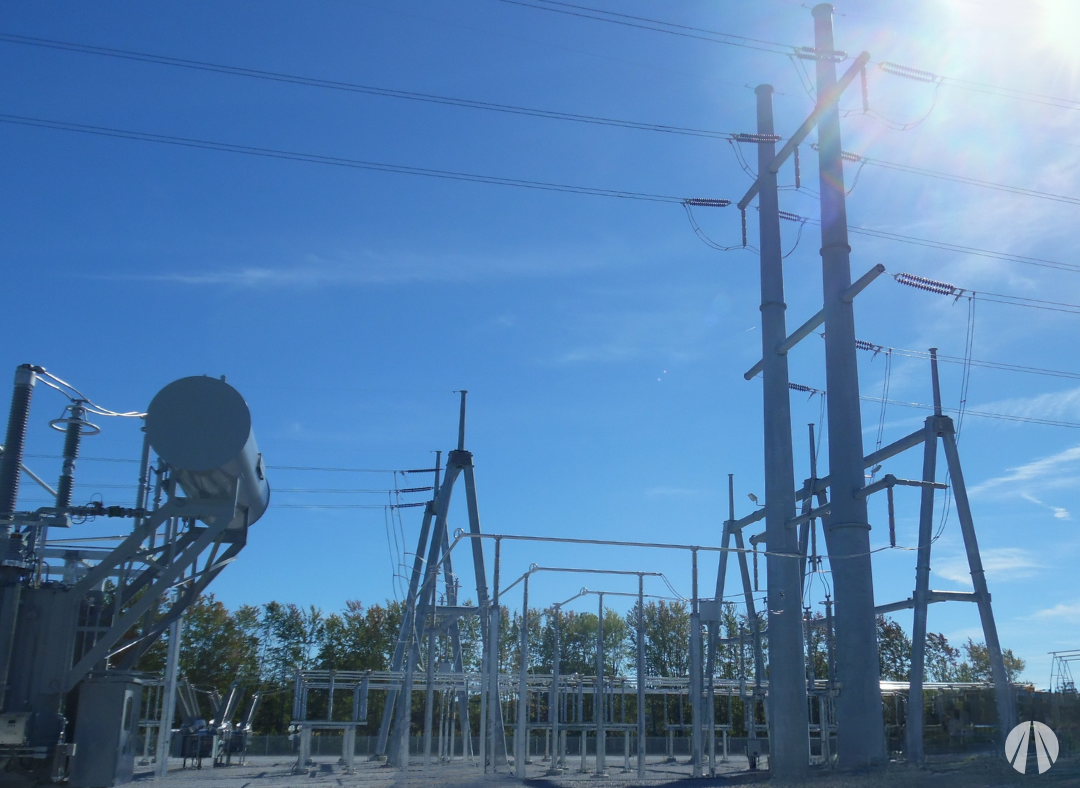As temperatures rise, ensuring heat safety in the utility industry becomes paramount for DIS-TRAN Steel employees' health and productivity. Manufacturing employees can face serious health risks related to extreme heat as they work in hot indoor and outdoor environments. Ensuring your team has not only the resources they need to work safely but also the knowledge to spot heat-related symptoms can empower them to keep each other safe.
Understanding the Risks of Heat Stress in the Utility Industry
Heat safety is crucial during the hot months because excessive heat can lead to serious health risks such as heat exhaustion or heatstroke. In the utility industry, workers are often exposed to elevated temperatures, making them particularly vulnerable to heat stress. Excessive exposure to heat can become a health concern and even life-threatening if the symptoms of heat exhaustion and heatstroke are ignored. The effects of these conditions not only impair employees' ability to work but can also affect their daily lives significantly.
By implementing comprehensive heat safety measures, you can ensure the well-being and productivity of your team members, prevent heat-related illnesses, and maintain a safe working environment.
Effective Measures to Prevent Heat Stress at Work
Preventing heat stress in fabrication facilities typically involves several strategic measures. Providing adequate ventilation, using shop fans, belt fans, or air conditioning in break rooms, and scheduling more breaks in cooler areas are vital. Adjusting work schedules to avoid peak heat times and ensuring employees wear lightweight, breathable clothing also play crucial roles.
Additionally, educating staff on recognizing symptoms of heat stress and encouraging them to stay hydrated and take breaks when needed are essential steps. By adopting these measures, you can create a safer and more comfortable working environment for your teams.
Implementing a combination of engineering and administrative controls can also help. Enhance ventilation throughout production areas by installing advanced systems and strategically placing fans to improve airflow. Adjust work schedules to minimize extended exposure to high temperatures, especially during peak heat periods, to help protect employee health.
Support workforce well-being by making a variety of hydration options readily available and encouraging regular fluid intake. Staying hydrated is the most effective measure to prevent heat stress. The hydration process should begin before the start of a shift and continue during and after work hours. Drinking plenty of water and electrolyte mixes helps maintain proper body function.
Explore new tools, products, and workplace innovations aimed at improving environmental conditions and safety. Continually assess and update protocols to maintain a safe, productive environment for all personnel.
Recognizing Symptoms of Heat Exhaustion and Heatstroke
Recognizing the early signs of heat exhaustion and heatstroke is critical for preventing serious health issues. Symptoms of heat exhaustion include:
- dizziness or nausea
- excessive sweating
- cool, pale, clammy skin
- muscle cramps
If these symptoms are not addressed, they can escalate to heatstroke, characterized by:
- a throbbing headache
- no sweating
- red, hot, dry skin
- body temperature above 103°F
- vomiting
- rapid, strong pulse
- possible loss of consciousness
It is vital to educate others on these symptoms and encourage immediate action if you or your colleagues exhibit any of these signs. Swift intervention can prevent the progression from heat exhaustion to heatstroke and ensure the health and safety of our workforce.
Want to learn more about creating a safer workplace? DIS-TRAN Steel is a member of the National Safety Council, which offers resources to help you live and work safer.
Visit our website to learn more about the DIS-TRAN Steel Safety Culture HERE
